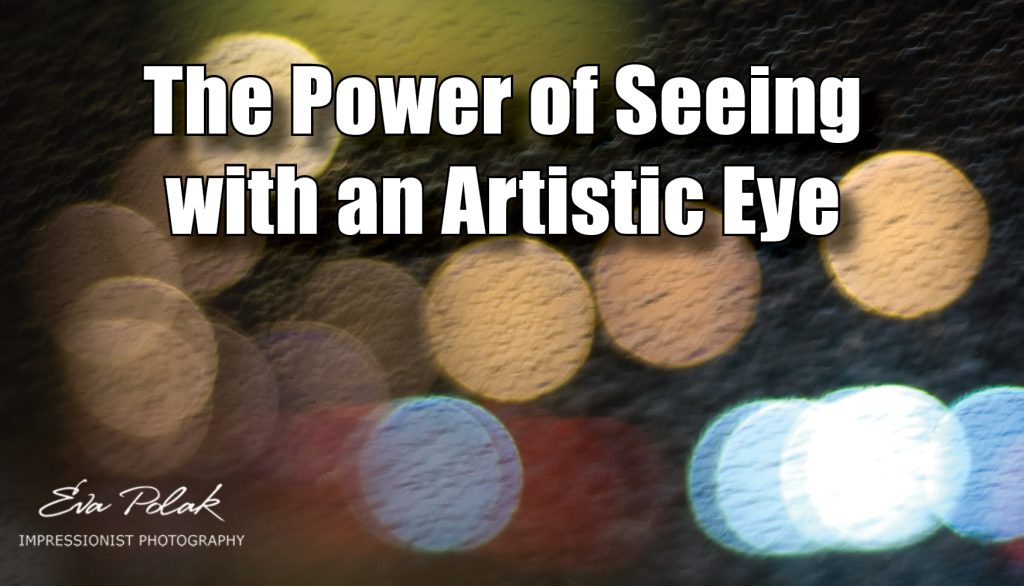The Power of Seeing with an Artistic Eye
As humans, we are creatures of habit. We live in a world immersed by our everyday surroundings – the walls of our homes, the roads we take to work, and the parks where we take a walk. As a result of this familiarity, we often fail to appreciate the beauty of the world around us, and we take our surroundings for granted. However, it only takes a shift in perspective to see that there is beauty all around us, which can be found by studying our surroundings with an artistic eye.
When we take the time to study an object or our surroundings with an artistic eye, we notice many subtleties we were unaware of. One of the first things we become aware of is how light affects the appearance of different objects in a variety of ways. How light falls on an object can create shadows, highlight certain features, and even change the colour of an object.
We can gain a new appreciation for the beauty surrounding us by paying attention to how light interacts with our surroundings.
For example, take a walk in a local park. As you walk, pay attention to the way that light filters through the trees, creating dappled patterns on the ground. Notice the way that the sun highlights certain leaves, making them appear brighter and more vibrant than the leaves in the shade. Take note of the way that the shadows of the trees fall across the grass, creating interesting patterns and shapes.
Similarly, take a look around your home. Notice how light streams through the windows, creating patterns of light and shadow on the floor. Pay attention to how the colours of your furniture and walls change depending on the time of day and the sun’s angle. By paying attention to how light interacts with the objects in our home, we can gain a new appreciation for the beauty of our everyday surroundings.
The world around us is a rich source of inspiration and ideas. However, in order to tap into this source, we need to learn to see with particular sensitivity and skill. By developing our ability to see beyond shapes and ideas that can be easily named, we can discover a whole new world of abstract values that form the basis of our image.
To begin with, we need to open ourselves up to the abstract values surrounding us. These include shapes, lines, patterns, colours, and textures. Instead of focusing on a particular object or scene, we need to train our eyes to see these abstract values in everything around us. A landscape, for instance, can be broken down into its constituent parts, and we can observe the shapes, colours, and textures that make it up.
Once we develop the ability to see in this way, we will find that the question of what to photograph becomes much easier to answer. Instead of focusing on the subject itself, we can focus on the distribution of colours and shades that make up the image. For instance, instead of photographing a sunset because of the sun itself, we can photograph it because of the beautiful colours and shades that are created as the sun sets.
By focusing on these abstract values, we can create beautiful images that convey a deeper meaning. We can use the lines and shapes in a scene to create a sense of movement or to draw the viewer’s eye to a particular point. We can use colour to create mood and atmosphere or to convey a specific emotion.
Learning to see in this way takes practice and patience. It requires us to slow down and really take the time to observe the world around us. But with practice, we can train ourselves to see beyond the obvious and discover the beauty and inspiration that lies around us.


